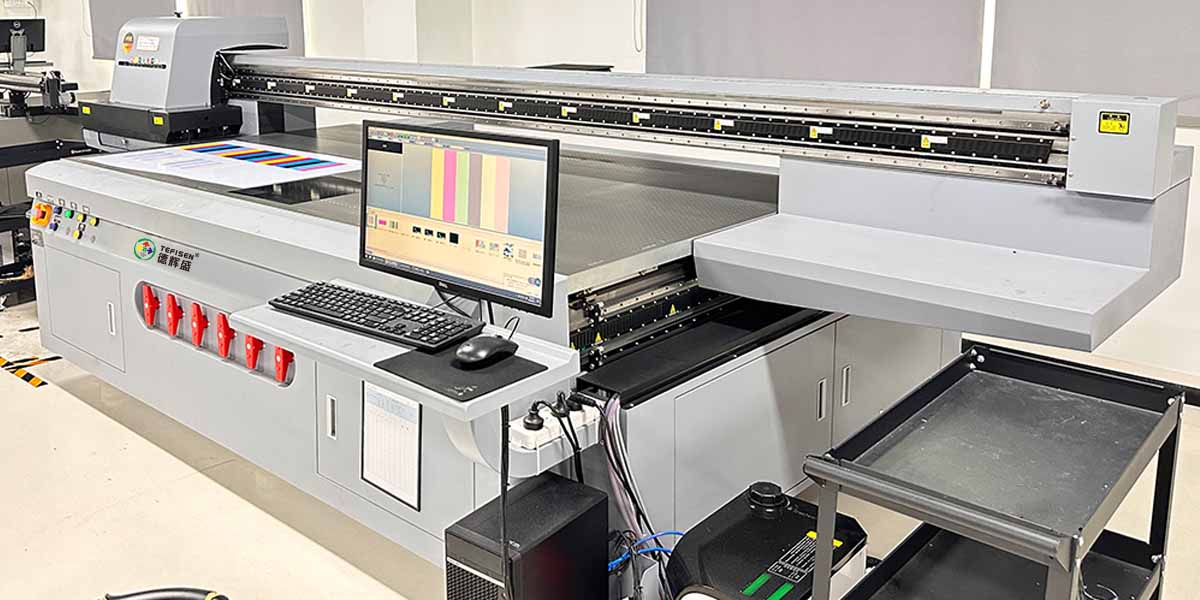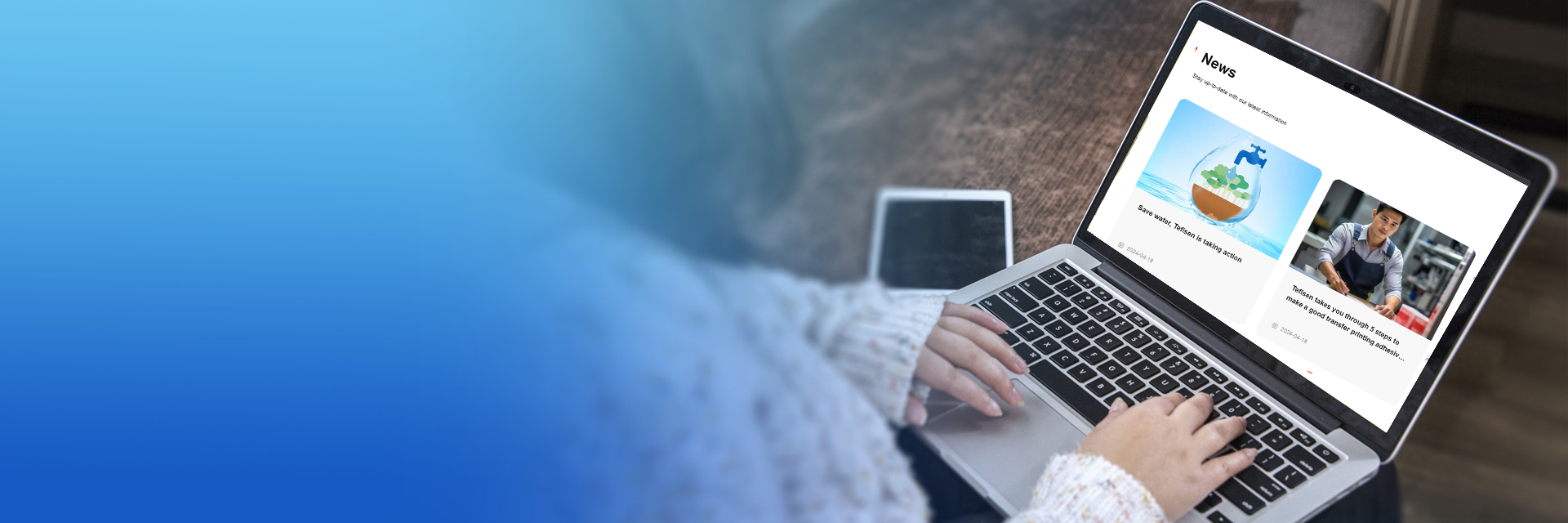Label Printing Industry: Continuous Growth and Innovation
The label printing industry remains a dynamic force, serving as a crucial link between brands and consumers. Brand owners are increasingly seeking innovative and unique label designs to emphasize their distinctiveness and convey key messages. Current industry trends are steering suppliers and manufacturers towards sustainability and innovation, with a growing demand for automation throughout various stages of the product lifecycle.

Printed labels play a vital role in establishing initial contact between brands and consumers. On crowded retail shelves, labels often attract immediate attention, significantly influencing purchasing decisions. Elements such as graphic design, color schemes, and decorative features are essential in capturing consumers' eyes.
**Impact of Label Visuals on Purchasing Behavior**
How do paper types and decorations influence consumer perception of a product? Which label elements most effectively convey a product's essence? For similarly priced and branded products, those that create positive expectations are more likely to attract consumers. To explore this, UPM Raflatac, a leader in sustainable labeling, teamed up with SenseCatch research and consulting company, Argea, an Italian wine industry giant, Kurz, a global hot stamping technology leader, and Krämer Druck, a German wine label printing expert, to conduct a neuromarketing study.
In Germany's competitive wine export market, the research team selected 32 labels with identical designs but varying paper types and surface treatments for German consumers to evaluate. The entire shopping experience was meticulously documented, from initial shelf selection to product tasting, capturing every subtle action and reaction of consumers.
In the first "moment of truth"—when consumers stand in front of the shelf—the study found that visual, color, and material contrasts could quickly attract attention within seconds. Bottles with dark paper and shiny metallic decorations stood out, while light-colored paper with gold or bronze decorations also drew attention. Additionally, bottles with rough-textured paper and embossed decorations effectively captured consumers' interest.
During the second "moment of truth"—when consumers physically interacted with and assessed the products—labels with textured paper and matching color decorations enhanced their appeal. These labels stimulated consumers' "tactile imagination," suggesting a richer interactive experience.
Thicker embossed paper and intricate embossed designs made text clearer and designs more prominent. This transformation turned previously dull, unattractive same-color paper decorations into refined and captivating labels. In such scenarios, consumers perceived these wines as high-quality, premium products.
The study ultimately demonstrated that the combination of paper and decorations not only influenced consumer expectations but also positively impacted preferences and taste perception. Wines with the most favored labels received higher ratings in blind taste tests. Surprisingly, this influence extended to the subconscious level—emotional engagement increased by 13% when consumers tasted wines with the most favored labels, underscoring the critical role of labels in shaping consumer perception and experience.
**Trends in the Label Printing Market**
According to Mordor Intelligence, the compound annual growth rate (CAGR) of the printed label market is expected to reach 4.2% between 2023 and 2027. This growth is driven by increasing demand for more attractive labels and rising demand for manufactured goods. Additionally, the booming e-commerce industry significantly contributes to the growth of the printed label market.
However, the market faces challenges such as shorter job lengths and lifecycles for mass-produced products and increased regulatory content on labels. Digital printing technology has emerged to address these challenges, offering innovative applications for label design to meet evolving market demands.
Printing technology suppliers are actively developing hybrid solutions, and label manufacturers are recognizing the importance of automation throughout the product lifecycle. With a reduction in available labor in the industrial sector, human intervention has become a bottleneck in production chains. Thus, automation and connectivity have shifted from cost-saving measures to essential components for industrial survival.
Cloud-based ecosystems are becoming mainstream in workflow processes. Automation and digitalization in printing processes are now indispensable. Automation involves integrating systems into factory production processes, enabling remote service, real-time machine monitoring, and production data reporting. Advantages include waste reduction, quick setup, automated color management, and reduced manual intervention. The application of artificial intelligence (AI) and machine learning is expected to drive further technological breakthroughs. AI tools and programs not only automate the design process but also help identify defective products for easy removal from final outputs.
**Sustainability in Label Printing**
Brand owners face significant challenges in sustainability, especially when adapting to complex and changing packaging regulations across different regions. The updated Packaging and Packaging Waste Regulation in Europe, for example, requires higher compatibility of labels and containers in materials, inks, adhesives, and size coverage.
To meet these demands, self-adhesive label manufacturers are developing new, environmentally friendly solutions that are also economical and efficient. Reducing material usage is a key approach. For instance, release liners, which are crucial in the production, conversion, and application of self-adhesive products, can be valuable feedstock for new processes and products after fulfilling their primary role. Several projects are currently being developed to collect and reuse waste release liners.
At the FINAT European Label Forum, label waste was highlighted as a longstanding challenge for the industry. Large amounts of label waste are sent to landfills and incinerators each year, putting significant pressure on the environment. Although recycling programs like CELAB help reduce waste, the ultimate solution is to gradually eliminate reliance on liners.
In the food sector, limited label space is another challenge. As international health and safety regulations require more information on labels, designers and printers must find innovative solutions. Techniques such as multi-layer booklet labels and clear film labels on transparent container substrates can achieve a "no-label" look while providing more information in limited space. These technologies not only meet regulatory requirements but also highlight the important role of digital technology in the label printing industry.

